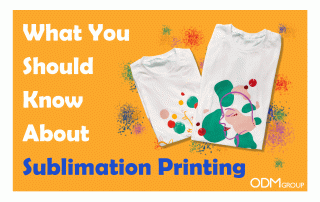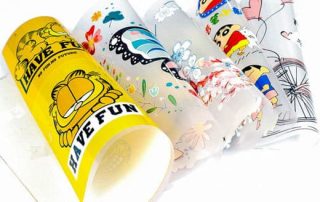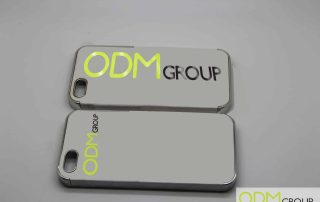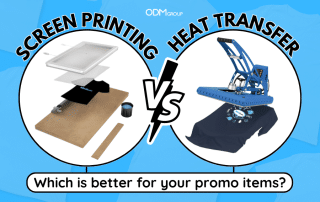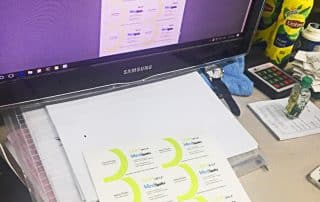In China, when we are customising items, we always come across different printing methods factories use to be able to brand your products. How do you choose which printing technique is right for you? This blog will help you weigh in on the pros and cons of widely-used printing methods.
What is Heat Transfer / Sublimation Printing?
Heat transfer printing or sublimation printing is gaining popularity nowadays because of its wide application.
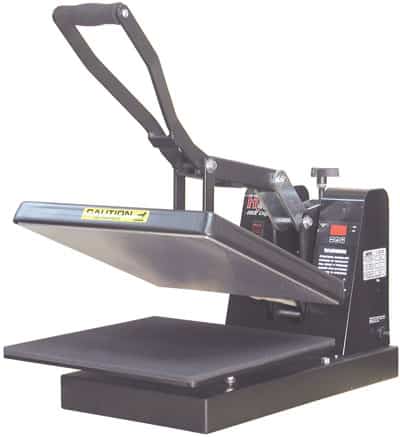
Printing methods: Heat Transfer / Sublimation
Heat transfer or Sublimation printing (made up of carrier paper and inks) is a method of transferring a desired pattern onto a substrate using a heat press.
- Heat to a certain temperature
- Pressed with a significant amount of pressure for a certain amount of time
- Release, and your printing is complete
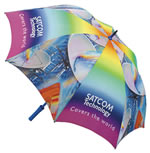
Printing methods: Heat Transfer / Sublimation
Advantages:
- Unlimited print color combinations
- Photographic quality production
- Flexibility to print small quantities with multicolor designs
- Fully washable and safe to iron after wash
- Anti-scratch marks
- Best done on lighter colors and if on smaller quantity is better than silk screen printing.
Pointers for Sublimation Printing:
- The printing process uses a sublimation ink that is designed to work more with polyester or products with polymer coating – plastic, cups, metal, and polyester garments.
- Heat and pressure convert the ink into gas and allow the substance to permeate into the surface of the material, leaving sharp permanent designs.

Printing methods: Heat Transfer / Sublimation
- One of the negative sides is that it will not work with 100% cotton and other fabrics that are made from natural fiber. For best results, use polyester, PVC, and polymers.
This printing method can be applied on umbrellas, T-Shirts, custom ceramic mugs, bags, neoprene, keychain, banner, mousepad, POS display etc.
Fast and hassle-free, the heat transfer/sublimation printing method allows you to reduce your setup time and produce vibrant designs that cannot be achieved with other printing methods. The only main concern is that it is not ideal for mass production due to its slow printing process. Thus, is not as efficient and fast as silk screen printing. Here’s what you should know about sublimation printing:
Therefore when you come down to choosing which printing methods best suit the product you are manufacturing, we definitely advise considering the setup fees involved and the kind of tooling the factory requires for this. Heat transfer printing is usually the method where quality printing is truly visualized, however it involves high setup fees as well as lead times!
Other Printing Methods
Screen Printing
Screen printing is a technique that uses a mesh to transfer designs. It’s one of the most widely-used printing methods today. Here’s the pros and cons of using this printing system:
Advantages
- fast printing process makes it ideal for mass production.
- it can be applied to a wide range of materials including cotton, plastic substrates, metal, and wood.
- for large quantities, screen printing is cheaper than sublimation
Disadvantages
- Setting up can be time-consuming
- Not ideal for printing a small batch of products
- The more complicated and more colorful the design is, the more expensive the cost
- How to remove silk screen printing? Removing screen printing can be time-consuming and expensive so it’s really important to get the prints right the first time.
Foil Stamping
What is a foil stamping logo? It is a technique that uses heat and metallic film.
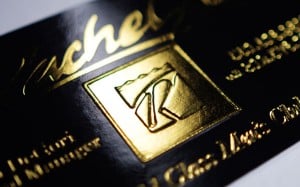
What is a Foil Stamping Logo
Advantages
- It can be used for a wide variety of products and materials: paper, plastic, vinyl, leather etc.
- Adds a touch of class to your products
Disadvantages
- Not cost-efficient
Acid Etching
It is a process that uses acid to brand metal products like knives, keychains, and metal buckets. This provides a long-lasting and very professional look.
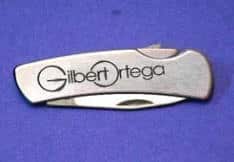
Acid Etching – Customizing Metal Products
Embossing vs Debossing Logos
Embossing is a printing technique whereby the design is pushed up above the material. Debossing, on the other hand, pushes the design down. Both techniques create texture and exceptional visual appeal.
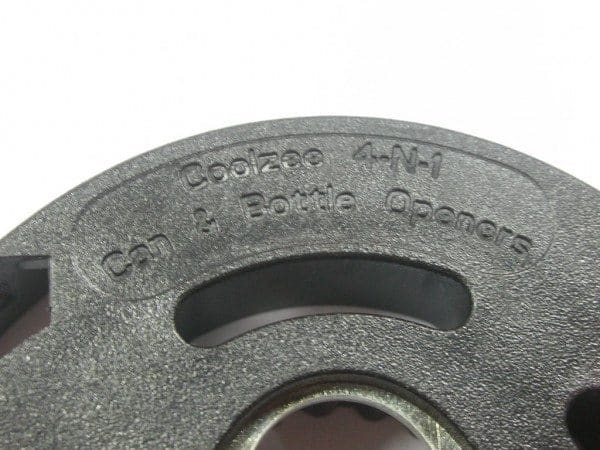
Embossing vs Debossing Logos
Whatever printing methods you use, it is important to consult with the manufacturer first to avoid printing errors. Marketing budget and materials should also be taken into consideration to achieve the desired results.
Should you need help with printing and branding your custom promotional merchandise and promo gift, contact ODM. We can help you from product brainstorming to designing and manufacturing. We also visit factories to ensure that your promotional product is made according to your requirements.
To learn more about printing methods, do check out the blogs below:
Related Blogs
Everything you need to know about printing branded bar towels and how to avoid potential printing issues:
Printing the inside of your promotional umbrella?
Learn how to print reflective graphics on shopping bags
